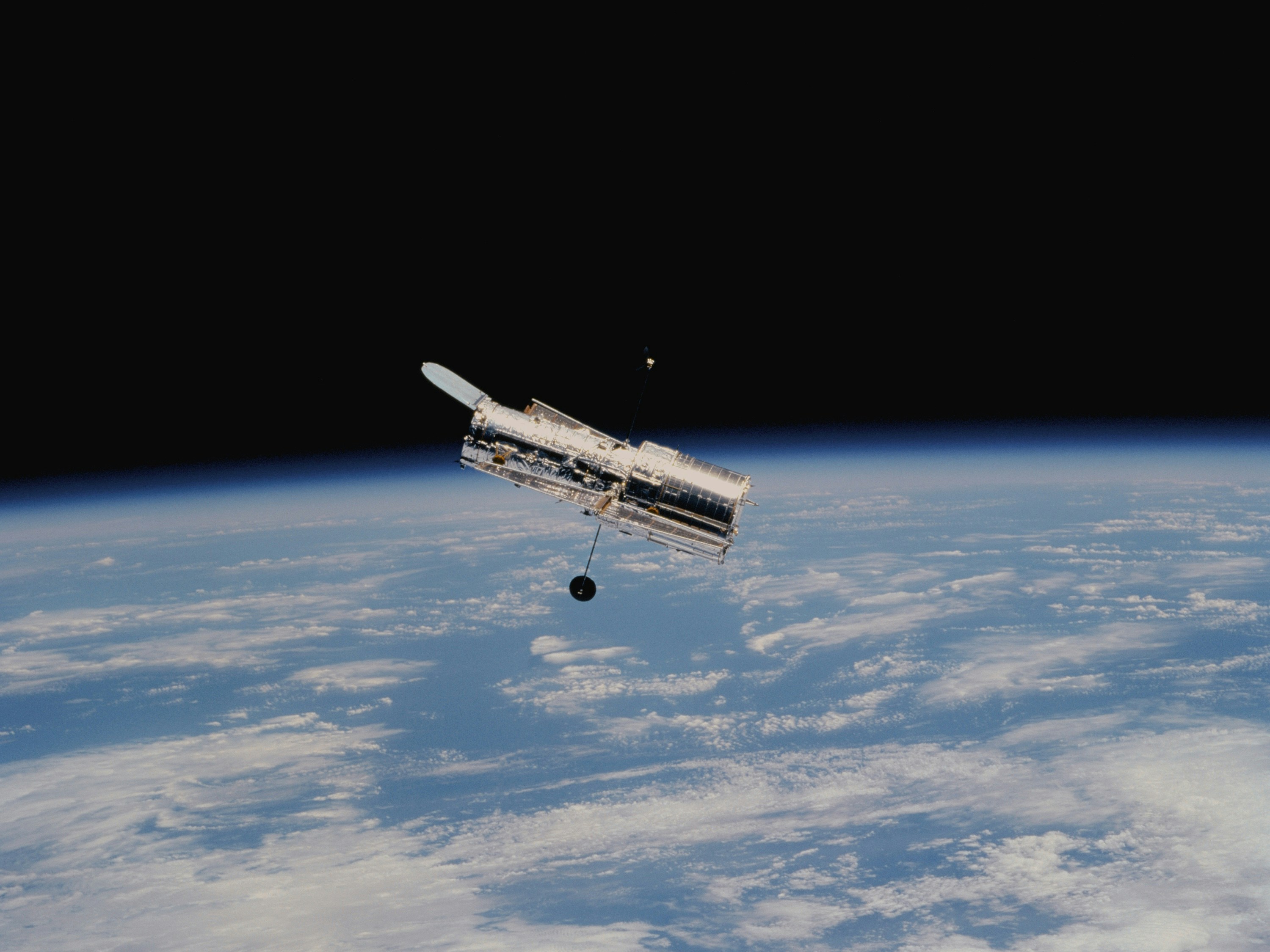Analyzing data from the James Webb Space Telescope (JWST), NASA scientists have detected the potential biosignature dimethyl sulfide (DMS) in the atmosphere of the exoplanet K2-18b, located 120 light-years away, suggesting the possible presence of life on this habitable zone “Hycean” world.
- First Potential Biosignature Beyond Water and Methane: The detection of dimethyl sulfide (DMS) is the first time a molecule strongly linked to life on Earth has been found in the atmosphere of a habitable zone exoplanet, other than water and methane.
- “Hycean” World with a Global Ocean: K2-18b is classified as a “Hycean” planet, suggesting it possesses a vast, global ocean beneath a hydrogen-rich atmosphere – a type of planet unlike any in our solar system.
- Significantly Larger Than Earth: K2-18b dwarfs our own planet, boasting roughly 8.6 times Earth’s mass and 2.6 times its radius.
- Located in the Habitable Zone of a Red Dwarf: This distant world orbits a red dwarf star within the region where temperatures could theoretically allow for liquid water, a key ingredient for life as we know it.
- Detected by the Powerful James Webb Space Telescope: The groundbreaking DMS discovery was made possible by the advanced capabilities of the James Webb Space Telescope, highlighting its crucial role in exoplanet research.
A Biosignature Breakthrough: Dimethyl Sulfide Discovery
Astronomers have made a potentially groundbreaking discovery in the search for extraterrestrial life, detecting the presence of dimethyl sulfide (DMS) in the atmosphere of the exoplanet K2-18b. On Earth, DMS is overwhelmingly produced by life, particularly phytoplankton in marine environments. While non-biological processes can theoretically create small amounts of DMS, its significant abundance in K2-18b’s atmosphere strongly suggests the presence of life on this distant world. This detection, made by analyzing data from the James Webb Space Telescope, marks the first time a potential biosignature molecule beyond water and methane has been found on a habitable zone exoplanet. The presence of DMS significantly boosts K2-18b’s status as a prime candidate in the ongoing quest to find life beyond Earth, offering a tantalizing glimpse into the potential diversity of life-bearing worlds.
K2-18b: A Hycean World in the Habitable Zone
K2-18b, located approximately 120 light-years away in the constellation Leo, is a fascinating exoplanet orbiting a red dwarf star. It was initially discovered by the Kepler space telescope’s K2 mission in 2015. What makes K2-18b particularly intriguing is its classification as a “Hycean” planet – a world believed to possess a vast, global ocean beneath a hydrogen-rich atmosphere. It resides within its star’s habitable zone, the region where temperatures could theoretically allow for liquid water to exist on the surface. K2-18b is significantly larger than Earth, roughly 8.6 times its mass and 2.6 times its radius. Previous observations had already revealed the presence of water vapor and methane in its atmosphere, further fueling speculation about its potential to harbor life. The latest detection of DMS adds another compelling layer to the story of this distant and potentially life-bearing world.

